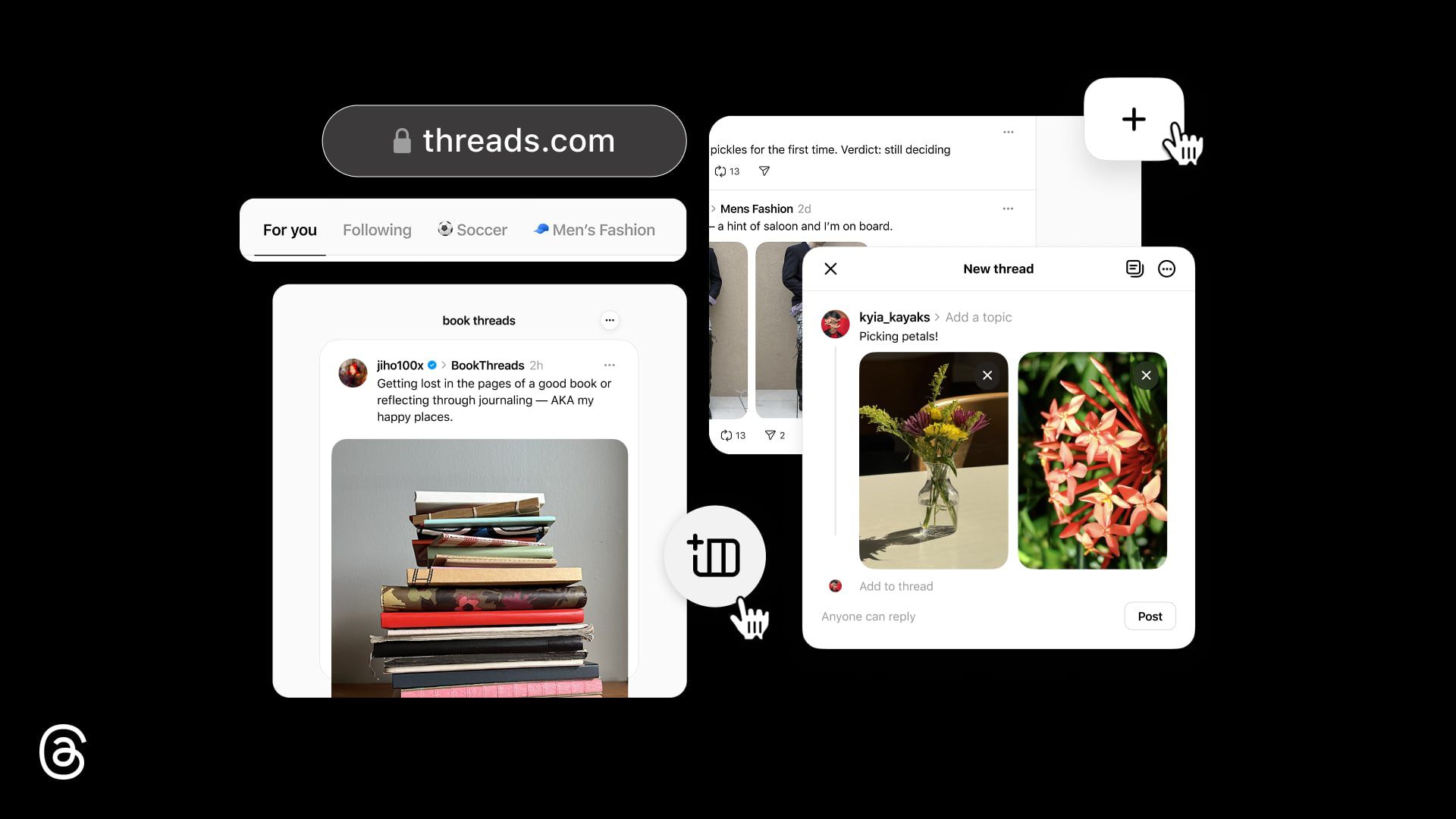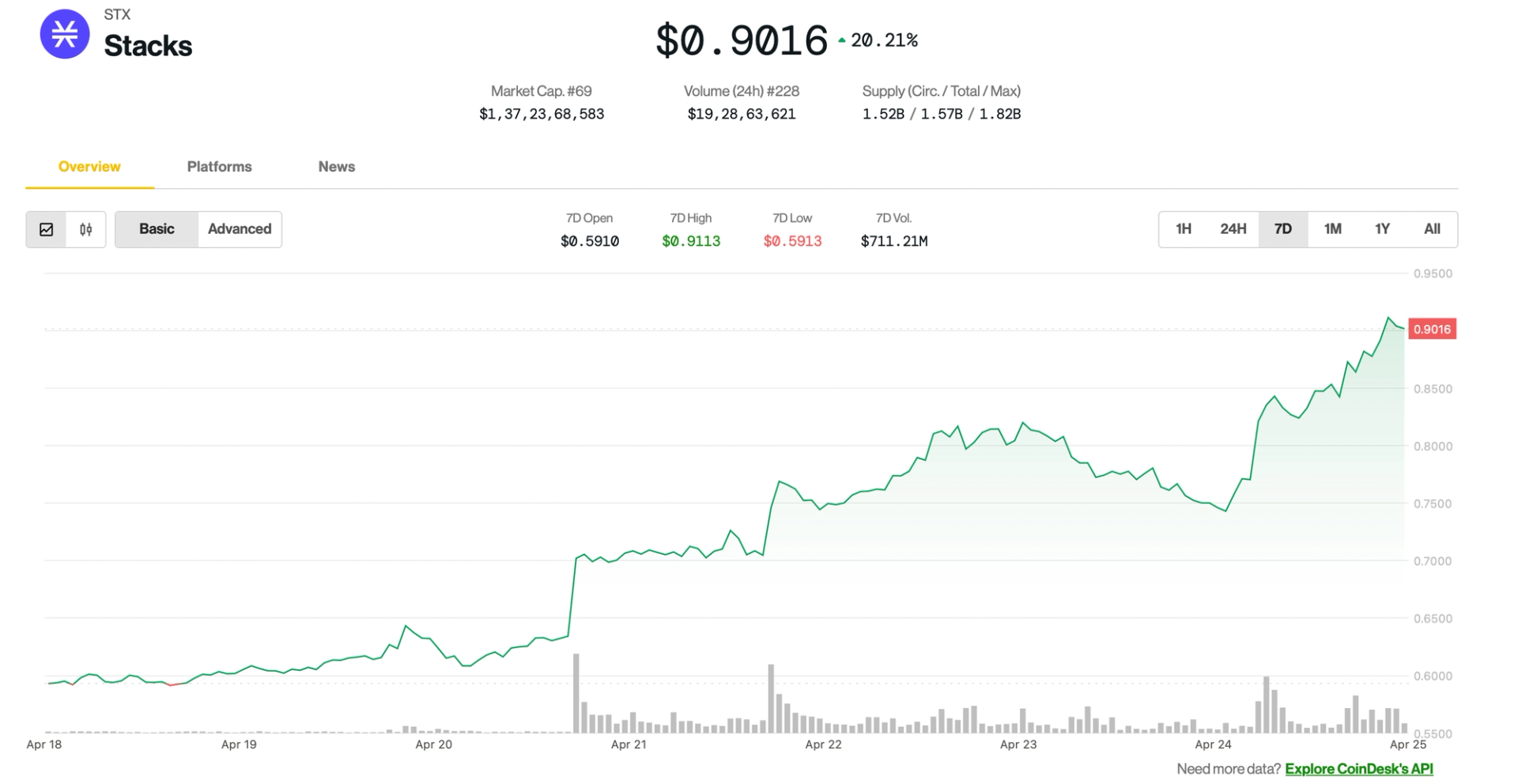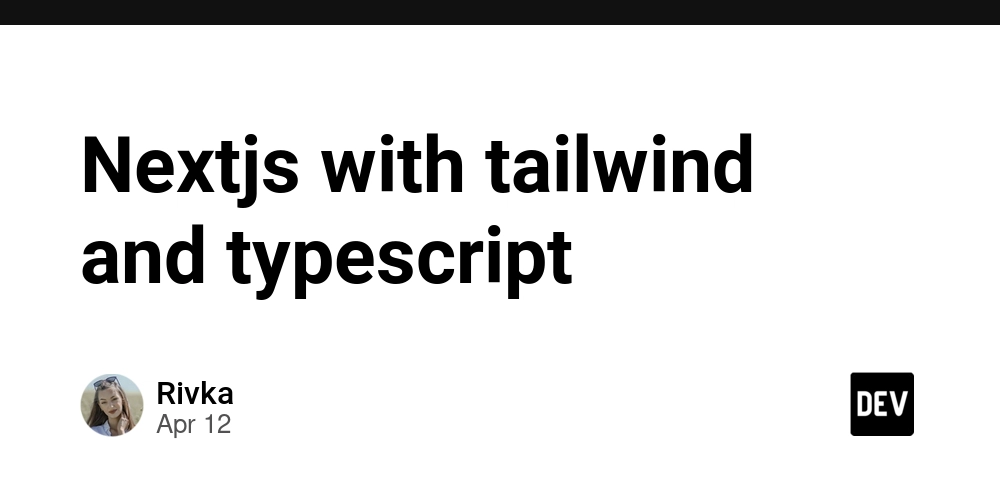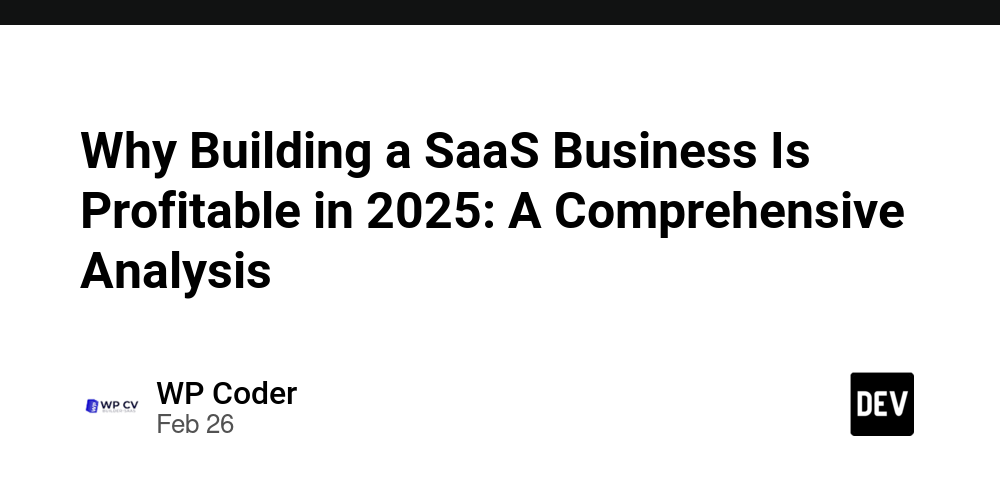How I Built a React Job Tracker: My Journey as a New Developer
How I Built a React Job Tracker Introduction When I first began learning React, I wanted to build something practical—an app I could actually see myself using. That’s how the Job Application Tracker was born. The idea was simple: create a tool to help users keep track of the jobs they’ve applied to, including company name, job title, application status, and notes. I built it using: React for the frontend, HTML/CSS for layout and styling, JSON server to simulate a backend with fetch requests. Key Features This project introduced me to several key concepts in React: useState Hook: I used this to manage form inputs and the list of job applications. It helped me understand how React handles reactivity and state updates. Form Handling: I built a controlled form that captured user input and submitted job details to the state (and the backend). Fetch Requests: I used fetch() to interact with a local server, allowing me to perform GET, POST, and DELETE operations on applications. Props: Data flowed smoothly between components using props, and I learned how to pass data and functions from parent to child components. Challenges Faced One challenge was managing form inputs and updating the state correctly without overriding previous values. I also ran into a bug where deleting a job didn’t immediately reflect in the UI. I resolved this by ensuring state updates were handled after the fetch promise resolved. I also had to restructure my component tree to keep things organized, which gave me a better understanding of how components should communicate. What I Learned This project taught me: How to build and organize components effectively. The importance of lifting state up when multiple components need access to the same data. How to use the useEffect hook for fetching data when the app loads. Basic debugging techniques with browser dev tools and console.log. Conclusion Building my first React app was both exciting and challenging. It gave me a hands-on understanding of how React works and taught me how to think in components. If I were to improve this project, I’d add features like searching, sorting, and status filtering, and eventually connect it to a real backend. Tip for beginners: Start small, break your UI into components early, and don’t be afraid to refactor. You'll learn something new with every bug you fix.

How I Built a React Job Tracker
Introduction
When I first began learning React, I wanted to build something practical—an app I could actually see myself using. That’s how the Job Application Tracker was born. The idea was simple: create a tool to help users keep track of the jobs they’ve applied to, including company name, job title, application status, and notes.
I built it using:
React for the frontend,
HTML/CSS for layout and styling,
JSON server to simulate a backend with fetch requests.
Key Features
This project introduced me to several key concepts in React:
useState Hook: I used this to manage form inputs and the list of job applications. It helped me understand how React handles reactivity and state updates.
Form Handling: I built a controlled form that captured user input and submitted job details to the state (and the backend).
Fetch Requests: I used fetch() to interact with a local server, allowing me to perform GET, POST, and DELETE operations on applications.
Props: Data flowed smoothly between components using props, and I learned how to pass data and functions from parent to child components.
Challenges Faced
One challenge was managing form inputs and updating the state correctly without overriding previous values. I also ran into a bug where deleting a job didn’t immediately reflect in the UI. I resolved this by ensuring state updates were handled after the fetch promise resolved.
I also had to restructure my component tree to keep things organized, which gave me a better understanding of how components should communicate.
What I Learned
This project taught me:
How to build and organize components effectively.
The importance of lifting state up when multiple components need access to the same data.
How to use the useEffect hook for fetching data when the app loads.
Basic debugging techniques with browser dev tools and console.log.
Conclusion
Building my first React app was both exciting and challenging. It gave me a hands-on understanding of how React works and taught me how to think in components. If I were to improve this project, I’d add features like searching, sorting, and status filtering, and eventually connect it to a real backend.
Tip for beginners: Start small, break your UI into components early, and don’t be afraid to refactor. You'll learn something new with every bug you fix.






































































































































































![[The AI Show Episode 144]: ChatGPT’s New Memory, Shopify CEO’s Leaked “AI First” Memo, Google Cloud Next Releases, o3 and o4-mini Coming Soon & Llama 4’s Rocky Launch](https://www.marketingaiinstitute.com/hubfs/ep%20144%20cover.png)





















































































































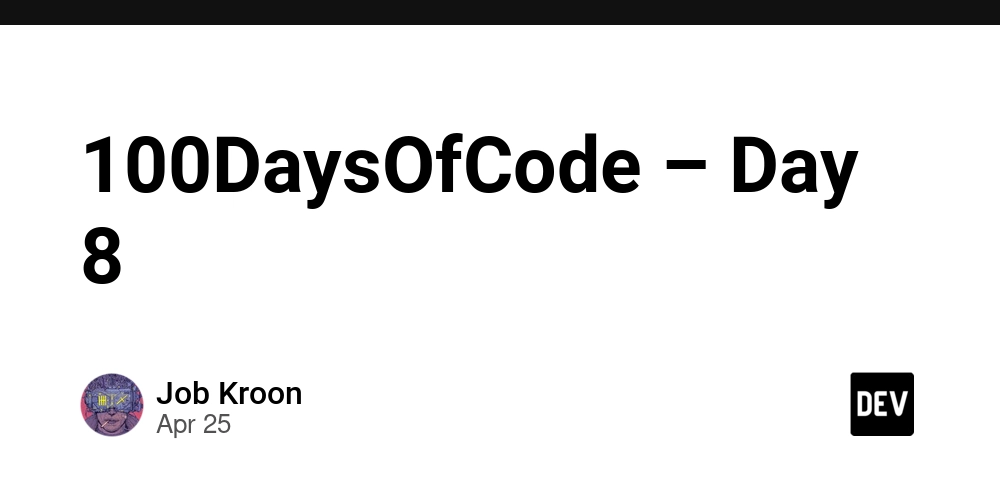



























































































































.jpg?#)


















































































































































![Apple to Shift Robotics Unit From AI Division to Hardware Engineering [Report]](https://www.iclarified.com/images/news/97128/97128/97128-640.jpg)

![Apple Shares New Ad for iPhone 16: 'Trust Issues' [Video]](https://www.iclarified.com/images/news/97125/97125/97125-640.jpg)













































